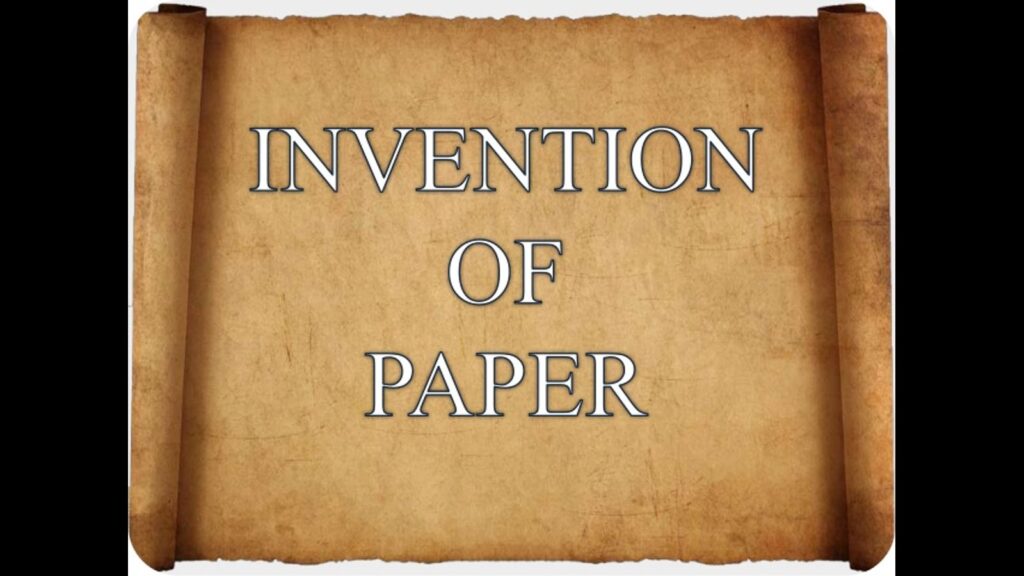History of Papyrus Paper.
Papyrus paper is the first paper in history. Found in the tombs and temples of Ancient Egyptians as far back as 2700 B.C. It was made by Ancient Egyptians from the papyrus plant. The amazing part about papyrus paper is that it’s very strong, durable, elastic, and is made naturally. The process of making this paper was rediscovered just about 15 years ago. Click here to see paintings that are 100% hand-painted by artists in Egypt today on papyrus paper; a reflection of the great civilization of Ancient Egypt.
New evidence shows that the Chinese used old chopped-up fishing nets to make the world’s very first paper. Three hundred years later, around 100 A.D., a Chinese scholar and government official named Ts’ai Lun made paper out of tree bark and scraps of linen and hemp. Even though archaeological evidence shows that paper may have been made even a little earlier, Ts’ai Lun was the first to have his efforts recorded. Like many inventors through the centuries, he built upon the work of others. Because he documented his invention, Ts’ai Lun is generally known as the man who “invented” paper.
The art of papermaking was kept a secret in China for centuries. It was not until 793 A.D. that paper was made outside the Orient. The process slowly spread through Africa and Europe in the 10th century, and finally reached England around 1494, two years after Columbus sailed to America.
Finally, in 1690, the first U.S. paper mill was built in Germantown, Pennsylvania by William Rittenhouse. The Rittenhouse mill made about 100 pounds of paper a day. At this time, the paper was made by hand from old cotton and linen rags, a slow and labor-intensive process. As the demand for paper grew, it became harder and harder to find enough old rags to meet the demand. It wasn’t until the late 1860s that Americans first began making paper from wood.
The following table shows the dates of the earliest mills in various countries:
| Year (AD) | Year (AD) | ||
| Spain (Xativa) | 1150 | Holland (Gennep) | 1428 |
| France (Herault) | 1189 | UK (Hertfordshire) | 1488 |
| Italy (Fabriano) | 1260 | Sweden (Motala) | 1532 |
| Germany (Nuremberg) | 1389 | Denmark | 1540 |
| Switzerland (Marry) | 1400 | Russia (Moscow) | 1690 |
| Belgium | 1407 | USA (Germantown, Pa.) | 1690 |

I think this is an informative post and it is very useful and knowledgeable. therefore, I would like to thank you for the efforts you have made in writing this article.
Great post i must say and thanks for the information. Education is definitely a sticky subject. However, is still among the leading topics of our time. I appreciate your post and look forward to more.
Admiring the time and effort you put into your blog and detailed information you offer!..